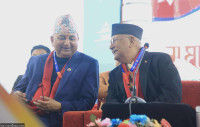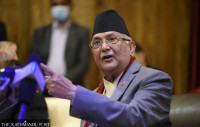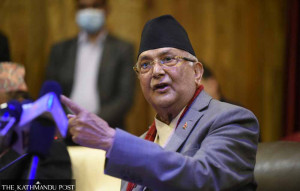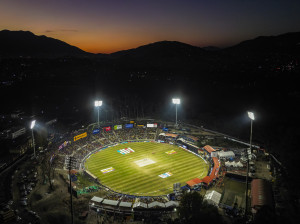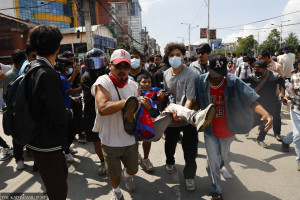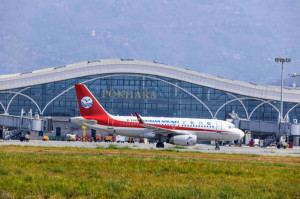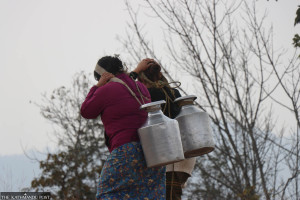Editorial
Death in the air
Being able to breathe clean air should be made a front-line political issue.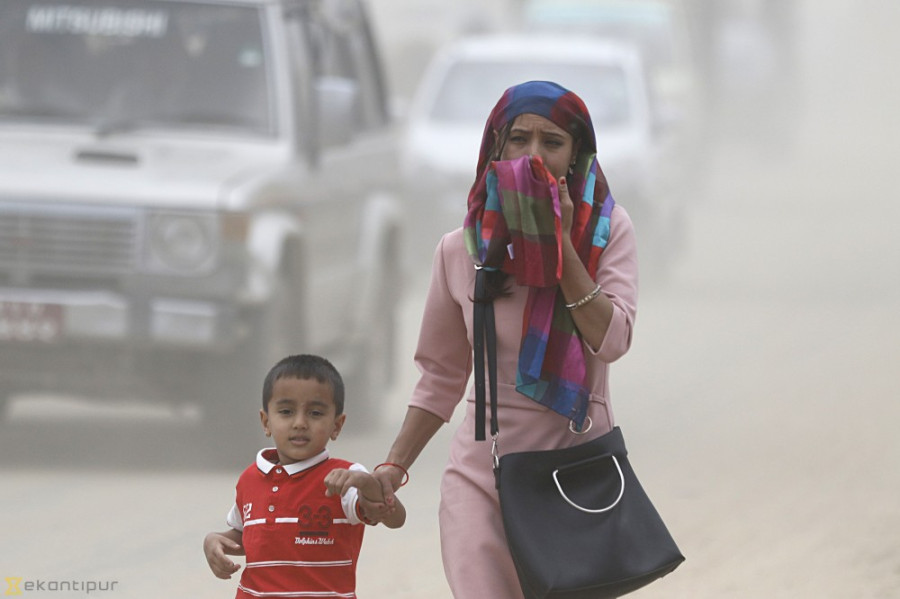
Air pollution, with each passing day, is becoming an environmental scourge. According to a recent study published by the Nepal Health Research Council, about 12 percent of the country’s population—aged 20 years and above—have been found to be suffering from chronic obstructive pulmonary disease. With a study conducted by the World Health Organisation revealing how air pollution causes around 10,000 deaths annually, Nepal can no longer afford to lose time in tackling its foul atmosphere.
Statistics from the Ministry of Health and Population show that in the 1990s, air pollution was the 10th leading cause of disability. By 2019, it was the second leading cause of disability. As of now, 5.11 percent of the people suffer from disability which is caused by air pollution—a 33 percent increase from the 1990s. According to a report published by the US-based Health Effects Institute and the University of British Columbia last week, Nepal has the highest levels of air pollution—100 μg/m3. So toxic is the air we breathe that it will shorten children’s lives by almost two years and will have the greatest impact in South Asia, according to a special report on global exposure to air pollution and its disease burden, published by the US-based Health Effects Institute.
Mainly, two types of pollution—one caused by vehicular emission and another caused by burning animal dung for cooking—has made us all yearn for fresh air. While emissions mainly affect urban areas, the people in rural areas are mainly affected by household air pollution. Meaning, the sources of air pollution are varied: industry and brick kilns, transport vehicles, diesel generators, domestic fuel and road dust, among others. Air pollution also varies from location to location. Therefore, our effort
to combat air pollution will require a multi-pronged approach.
In an effort to curb vehicular emission, the government last year imposed a ban on the operation of vehicles that are more than 20 years old in the Kathmandu Valley. What’s more, there have been attempts to switch to electric vehicles. Kathmandu Metropolitan City also bought five broomer machines to clean the city’s dusty roads, and brick kilns near human settlements have been removed too. While these are steps in the right direction, they need to be fine-tuned further. The mayor of Lalitpur wants to transform the city into a cycle city. Endeavours like these should be encouraged and sustained. Being able to breathe clean air should be made a front-line political issue. A long-term policy is needed, and different government agencies have to work in tandem to combat the alarming problem. Protecting public health should be put above everything else.




 10.12°C Kathmandu
10.12°C Kathmandu
